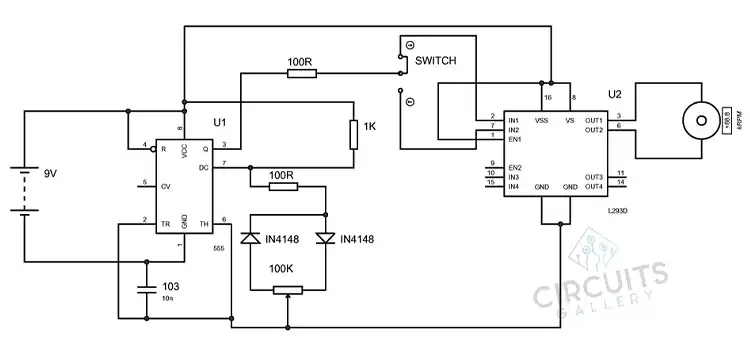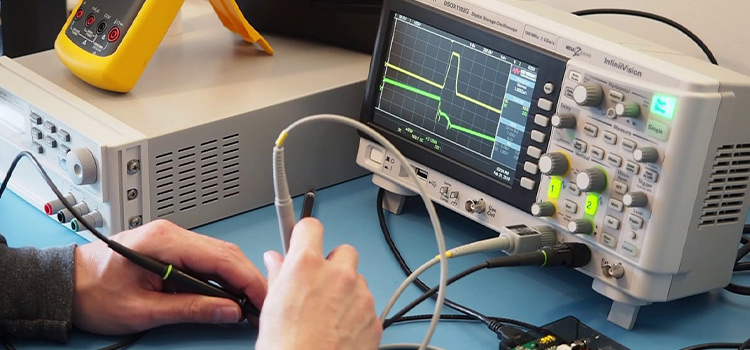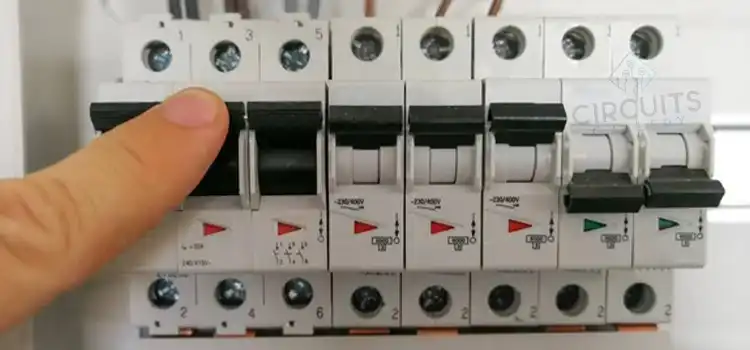How Many Outlets on a 30 Amp Circuit [Technically Explained]
How many outlets can be securely installed on a 30 amp circuit is a crucial consideration in the realm of electrical installations. The maximum current capacity for a 30 amp circuit is 30 amps. The wattage of the electronics or appliances plugged into the outlets determines how many outlets you can install on a 30-amp circuit.
Utilizing the 1.5 amps per outlet rule is a solid general rule of thumb. This indicates that a 30-amp circuit may accommodate a maximum of 16 outlets. This article discusses the key factors that electricians, contractors, and do-it-yourselfers should bear in mind when deciding how many outlets to use on a circuit with a 30 amp rating.
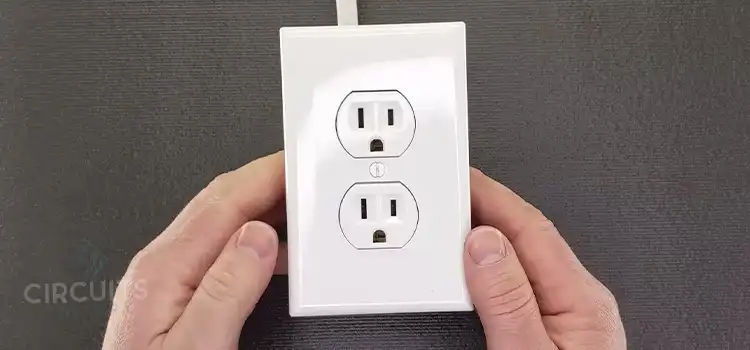
Navigating Outlet Count On 30 Amp Circuits
The wattage of the electronics or appliances plugged into the outlets determines how many outlets can be installed on a 30-amp circuit. A 1500 watt appliance, for instance, will use 12.5 amps (1500 / 120). Therefore, you might connect this appliance to one of the circuit’s 16 outlets.
However, connecting two of these devices would result in a total current draw of 25 amps, which is more than the 30-amp circuit can support. It is crucial to remember that the 1.5 amps per outlet restriction is only a general recommendation.
Depending on the exact appliances or gadgets connected, you may be able to add a different number of outlets to a circuit. The maximum number of outlets you can install on a 30 amp circuit for various appliance wattages is shown in the following table:
| Appliance Wattage | Maximum Number of Outlets |
| 1500 watts | 12.5 |
| 1800 watts | 12 |
| 2100 watts | 11.1 |
| 2400 watts | 10 |
| 2700 watts | 9.1 |
| 3000 watts | 8.3 |
Considerations
There are several factors to take into consideration when you are thinking about the number of 30 amps. The number will vary depending on the appliances or devices that are connected to the circuit. And the number is crucial. If you are unsure about what number of outlets you want to connect to the given circuit, consulting with a professional electrician will always help.
Also, the length of the wire plays a vital part. The draw of current is longer if the wire runs long. Bends also cause a bigger draw. So make sure you use thicker wires, it will cause a lesser draw. And lesser bends will cause a lesser draw.
Technical Analysis
A 30-amp circuit can carry a maximum current of 30 amps. The wattage of the appliance or item plugged into an outlet determines how much current it will require. The following equation can be used to determine an appliance’s current draw:
Current draw (amps) = wattage / voltage
A typical residential outlet has 120 volts of power. Therefore, the 1500-watt appliance’s current draw would be as follows:
Current draw (amps) = 1500 watts / 120 volts = 12.5 amps
According to the 1.5 amps per outlet regulation, if each outlet is only utilized to power a 1500-watt appliance, you can only have a maximum of 16 outlets on a 30 amp circuit. This is only a general recommendation, though. Depending on the exact appliances or gadgets connected, you may be able to add a different number of outlets to a circuit.
A 1500-watt appliance and a 1000-watt appliance, for instance, connected to the same outlet would result in a total current draw of 25 amps, which is more than the 30-amp circuit can support. You would need to use two outlets in this situation, one for each device. By doing this, the current demand would be decreased to 12.5 amps per outlet, which is within the safe range.
Frequently Asked Questions and Answers
On a 30 Amp Circuit, Is I Able to Use Regular 15 or 20 Amp Outlets?
A 30 amp circuit should not be used with ordinary outlets designed for lesser amperages. It may be required to use specialized outlets made for greater amperages to avoid overloading and other risks.
What Happens if a 30 Amp Circuit Is Overloaded?
A circuit that is overloaded may overheat, trip breakers, and pose a fire risk. It’s crucial to evenly distribute the load and make sure that the overall load doesn’t exceed the circuit’s design capability.
How Should I Install Outlets on a 30 Amp Circuit to Account For Potential Future Growth?
When estimating the load on your circuit, leave some room for expansion in the future. By doing this, you can add more gadgets without worrying about overloading the circuit.
Conclusion
Using the 1.5 amps per outlet rule as a general guideline, you can fit no more than 16 outlets on a 30 amp circuit. However, the precise number of outlets you can add to a circuit will differ based on the plugged-in appliances or gadgets. If you are unsure of how many outlets you can add to a given circuit, it is usually advisable to consult with an electrician.
Subscribe to our newsletter
& plug into
the world of circuits
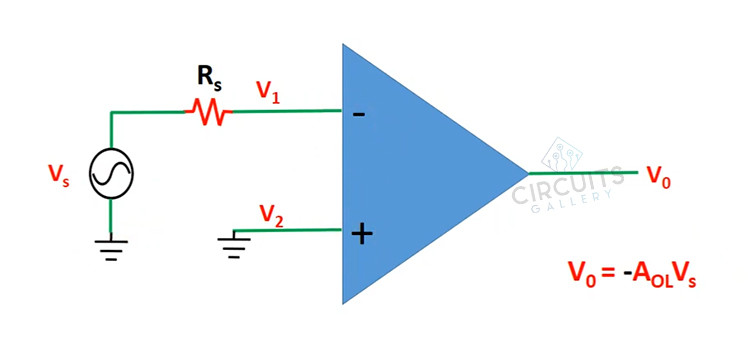
![[Explained] What Is the Objective of High Pass Filter Experiment?](https://www.circuitsgallery.com/wp-content/uploads/2023/09/What-Is-the-Objective-of-High-Pass-Filter-Experiment.webp)
![Current Sensing Relay Circuit Diagram [Explained]](https://www.circuitsgallery.com/wp-content/uploads/2023/10/Current-Sensing-Relay-Circuit-Diagram.webp)
